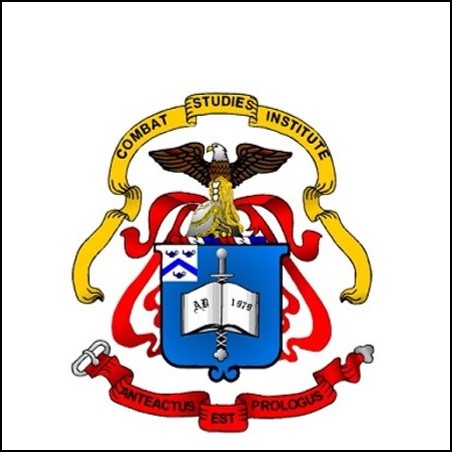
e-Document
|
Cheyenne Wars atlas.
Copies
0 Total copies, 0 Copies are in,
0 Copies are out.
Title
Cheyenne Wars atlas.
Call No
CDMC Combat Studies Institute (CSI)
Digital Link
Authors
Subjects
Language
English
Published
Fort Leavenworth, KS : US Army Combined Arms Center, Combat Studies Institute Press,, 2010.
Target Audience
Unknown or not specified









